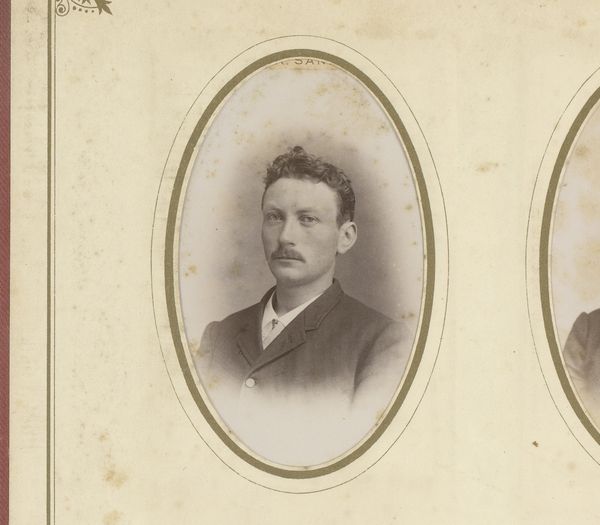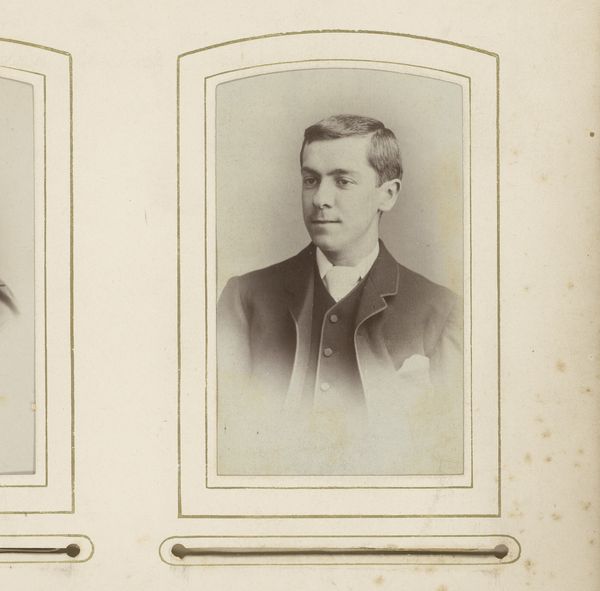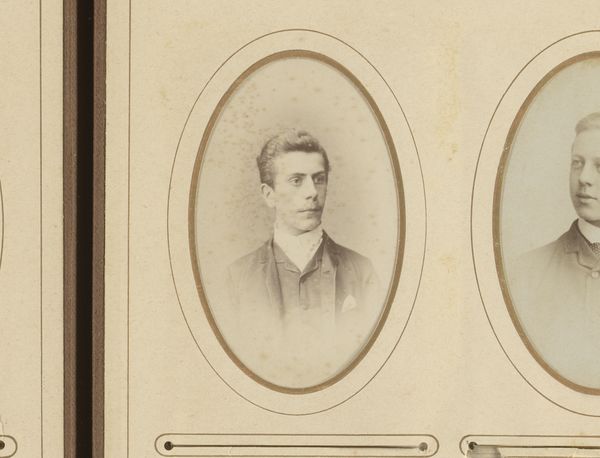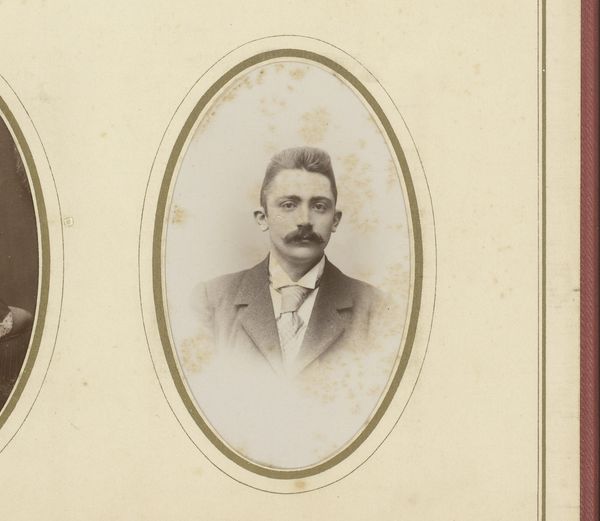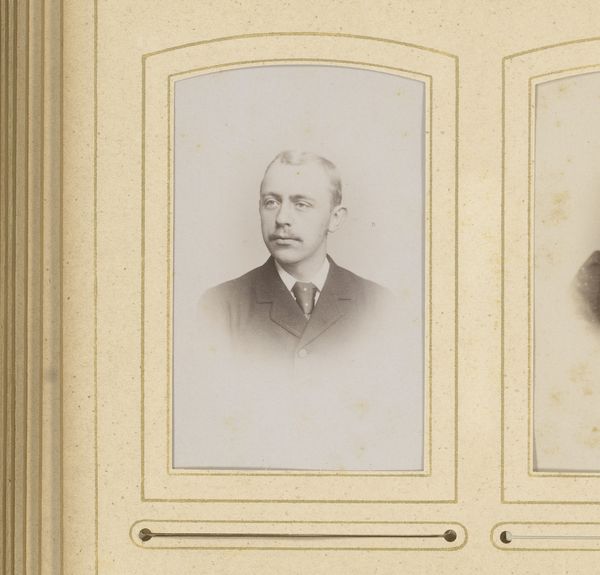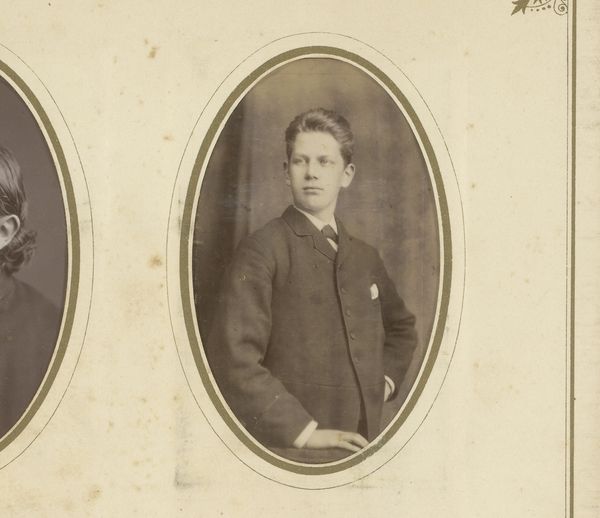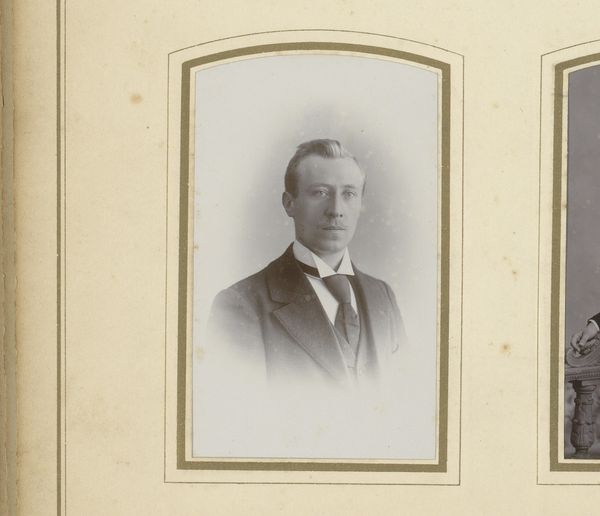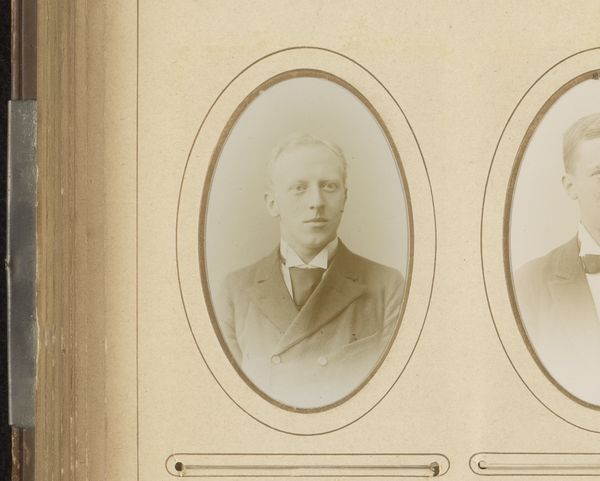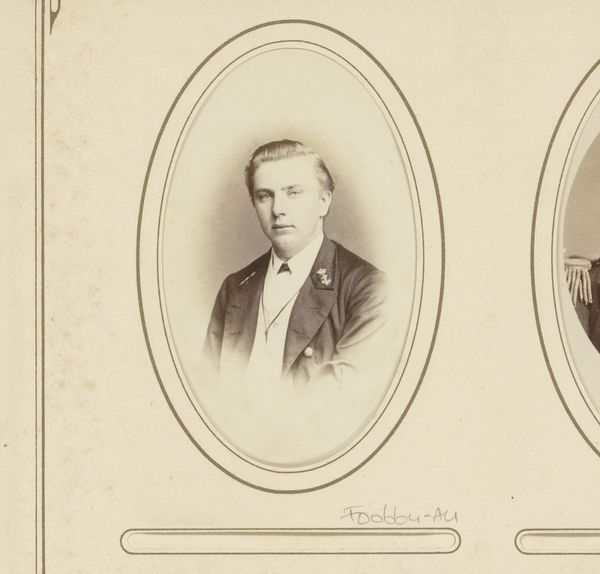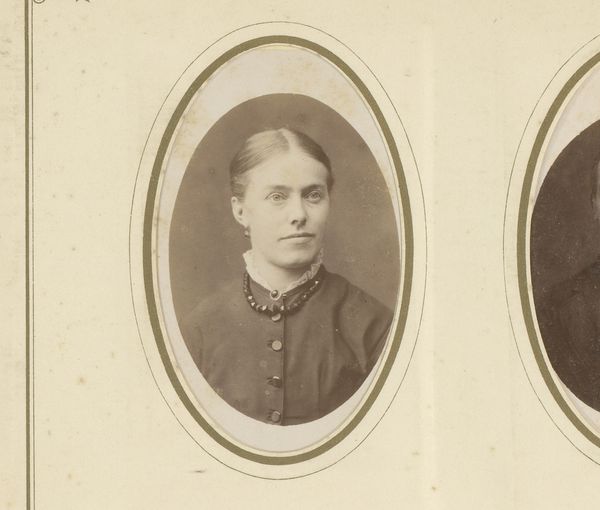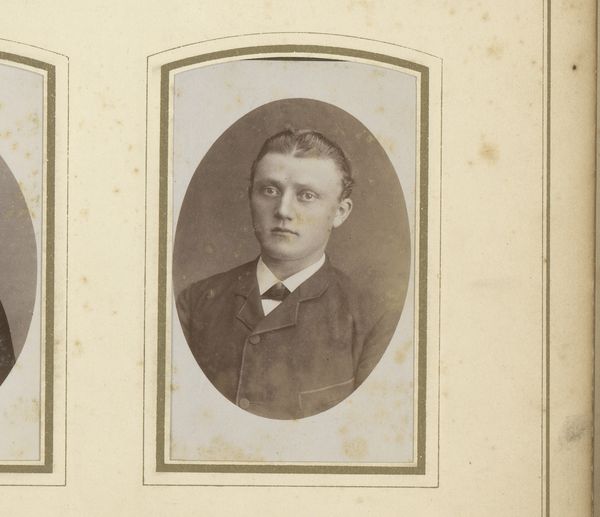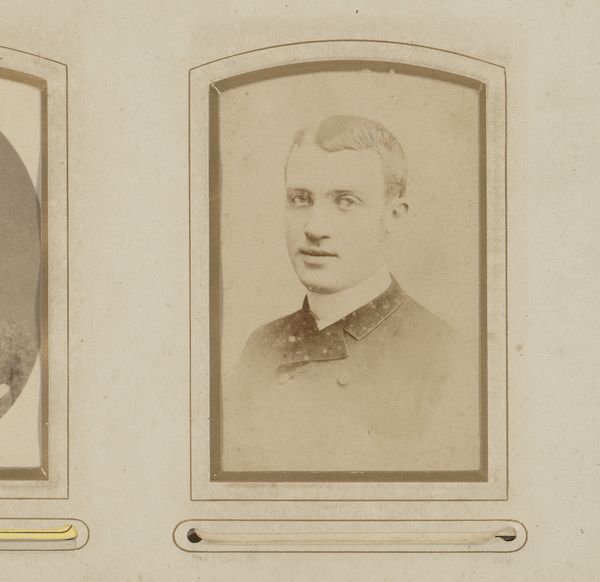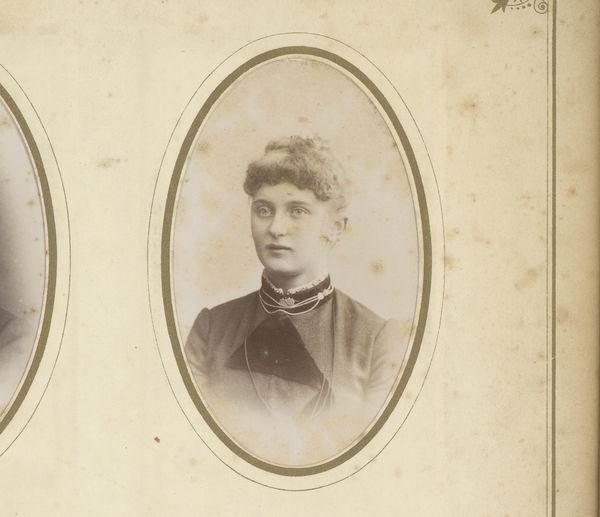
photography, gelatin-silver-print
#
portrait
#
impressionism
#
photography
#
historical fashion
#
gelatin-silver-print
#
19th century
Dimensions: height 84 mm, width 51 mm
Copyright: Rijks Museum: Open Domain
Editor: This is a gelatin-silver print titled "Portrait of a Man" by Wegner & Mottu, dating from around 1870 to 1895. It’s a pretty standard portrait, very formally composed... what are your initial thoughts when you see it? Curator: I see more than just a standard portrait. These kinds of images were crucial tools for constructing and reinforcing ideas about masculinity, class, and power in the late 19th century. Consider the subject's formal attire, his confident, almost defiant gaze – these aren't accidental. How do they relate to contemporary discussions of gender and societal expectations? Editor: I hadn’t considered it that way. I was more focused on the sort of… fogginess of the image, how the focus seems so soft. Does that play into your interpretation at all? Curator: Absolutely. The soft focus and the limited tonal range enhance the sitter's features, softening what could be perceived as 'rough' or 'working-class' attributes, reinforcing a specific ideal of masculinity intended for public consumption. It raises important questions: Whose stories are privileged and immortalized, and whose are erased or remain in shadow? What’s omitted by that focus, and who benefits from that? Editor: So, it's less about capturing reality and more about crafting a narrative? Curator: Precisely. Consider the societal shifts occurring at the time: industrialization, urbanization, and changing gender roles. Photographic portraits offered a way to solidify identities, providing a tangible symbol of belonging and status amid rapid change, but primarily for a privileged few. Think about access to resources, to education. How much of what we’re seeing in this image relies on historical inequities? Editor: That definitely makes me see it in a different light. It’s not just a picture of a man, but a statement about power and societal structures. I didn't pick up on that initially. Curator: That’s the power of art history, isn’t it? To look beyond the surface and ask difficult questions about representation, power, and history.
Comments
No comments
Be the first to comment and join the conversation on the ultimate creative platform.
